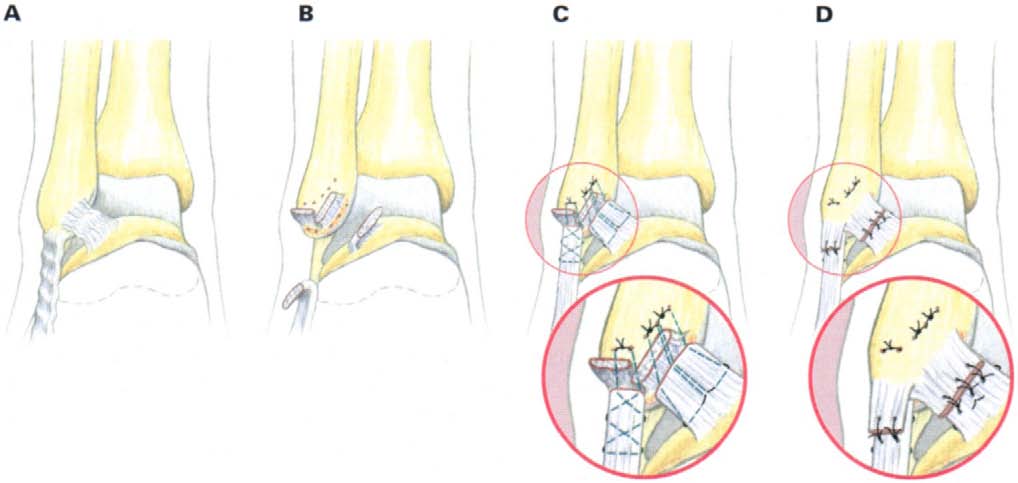The common ankle sprain, not to be confused with a ligament strain, is theresult of a pull, partial tear or rupture of any one ligament of the ankle joint.
Ligaments are responsible for connecting bones as well as providing the range of motion for bones at a joint. The ankle joint which is formed by your lower leg bones, the tibia and the fibula, create a socket at your ankle where the talus bone sits.
Located on both sides of the ankle joint are the ligaments that bind the structure together and allow the joint to move freely. However, when ligaments are under tension their performance is limitedand an excess of stress can cause a sprain.
People most commonly suffer ankle sprains when the foot becomes unstable and “rolls over” landing inward on the ground. This type of sprain is called an Inversion ankle sprain and it is the most common form while an Eversion ankle sprain, a rolling out of the ankle, occurs less frequently.
While the symptoms of an ankle sprain vary in degree depending on the severity of the sprain one can typically expect sharp and localized pain, inflammation, redness and an inability to put weight on the ankle, again depending on the severity of the sprain.
Judging the degree of your injury is the job of a doctor but typically ankle sprains are determined to be a Grade 1, 2 or 3; where a Grade 1 sprain involves stretching the ligament, Grade 2, a partial tear and Grade 3 which involves a complete tear of the ligament.
While there are other forms of the injury, such as a High ankle sprain, most injuries fortunately heal easily with conservative treatmentsincluding cold compression and Blood Flow Stimulation Therapy™.
Ankle Injury Treatments
Allowing your ankle to rest is always recommended when you are suffering from a sprain, fracture, tendinitis, bursitis or other ankle injury. During your recovery, you will probably have to modify and/or eliminate any activities that cause pain or discomfort in your ankle until the pain and inflammation settle.
Fortunately, there are healing tools that can help treat your ankle injury to reduce pain, swelling and inflammation while speeding up the healing processso you can get back to a life without pain and risk of further injury.
